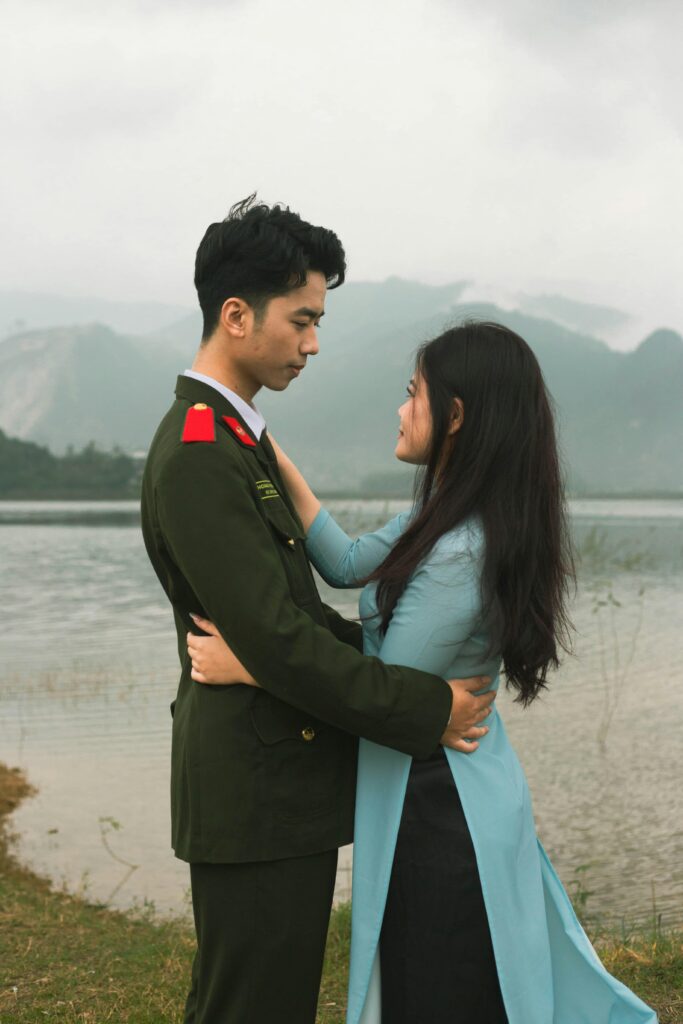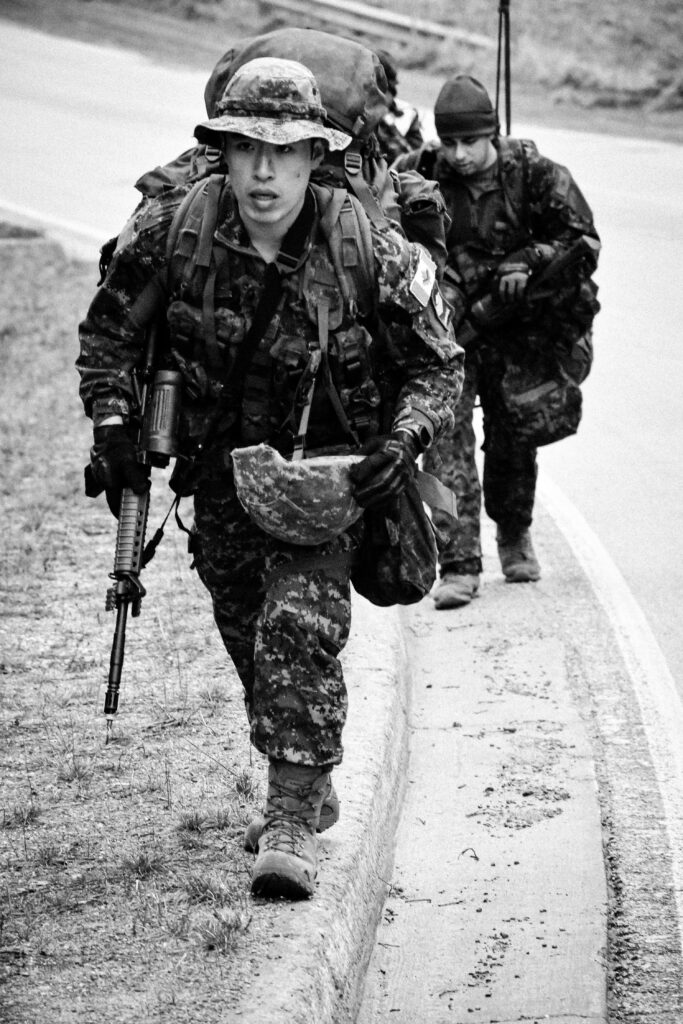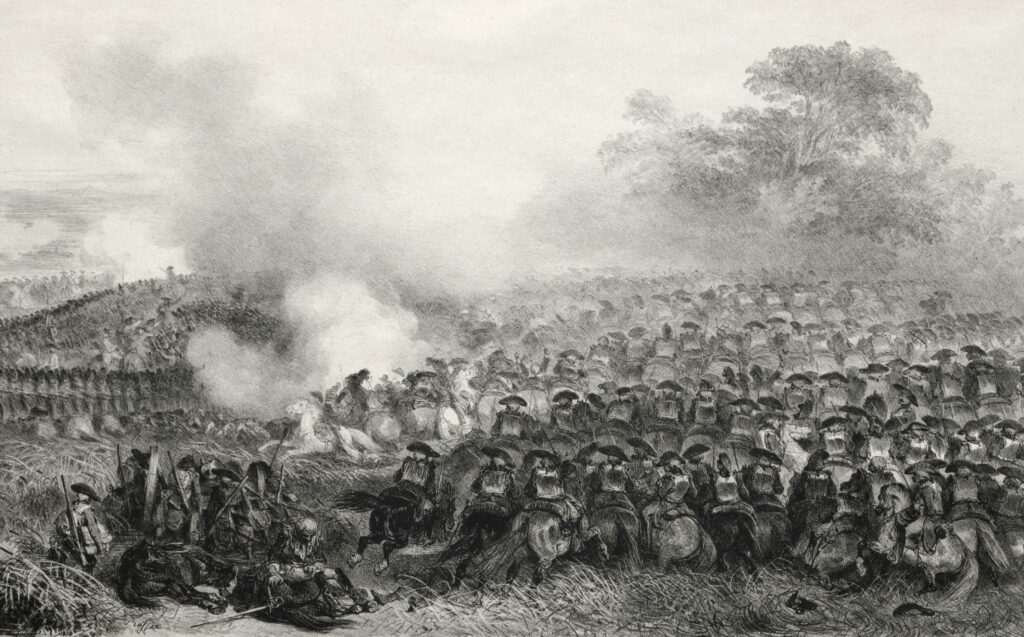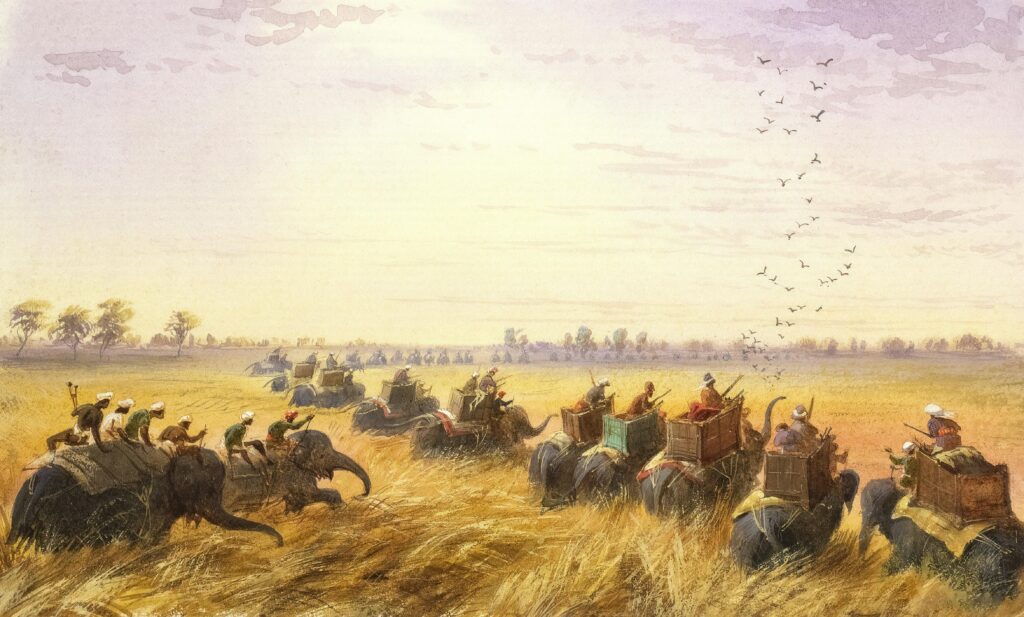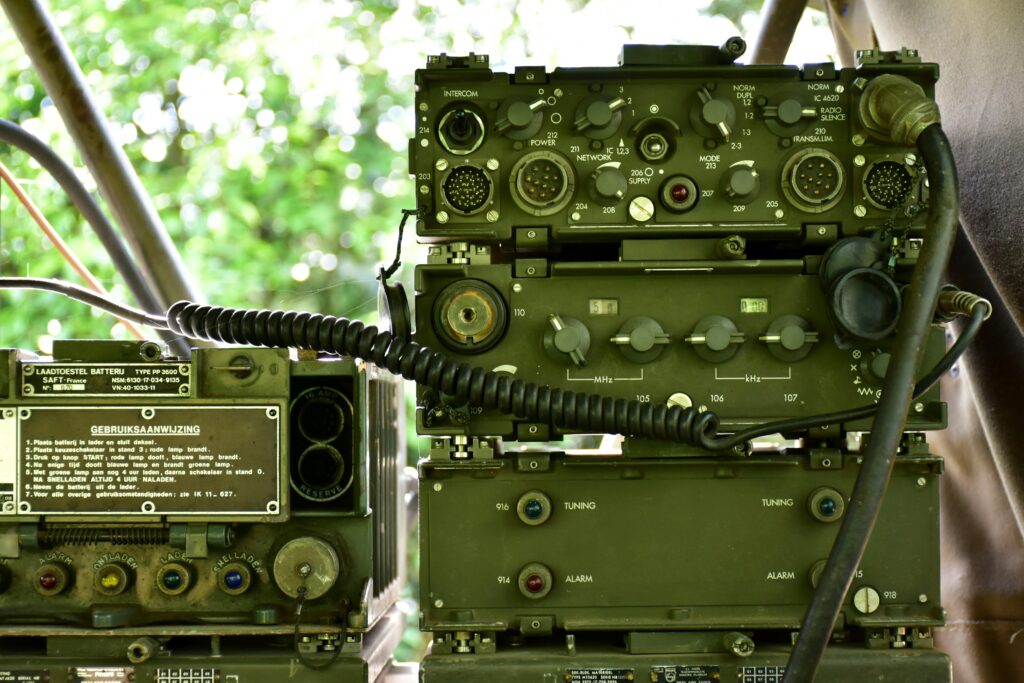The evolution of tanks represents a pivotal chapter in the history of modern warfare, reflecting continuous advancements in military technology and strategic doctrine. Since their inception during World War I, tanks have transformed from rudimentary armored vehicles into highly sophisticated platforms capable of delivering decisive firepower, mobility, and battlefield dominance. This article examines the technical progression of tank design, including advancements in armor protection, propulsion systems, and integrated weaponry, while analyzing their strategic impact on contemporary combat operations. By understanding the development trajectory and evolving role of tanks, military professionals and defense analysts can better anticipate future trends and operational challenges in mechanized warfare.
Table of Contents
- The Historical Development and Technological Advancements of Armored Vehicles
- Tactical Roles and Operational Effectiveness of Tanks in Contemporary Combat Scenarios
- Integration of Tanks within Combined Arms and Network-Centric Warfare Frameworks
- Strategic Recommendations for Future Tank Deployment and Modernization Programs
- Closing Remarks
The Historical Development and Technological Advancements of Armored Vehicles
Armored vehicles, initially conceptualized as a response to the stalemate of trench warfare during World War I, have since undergone transformative developments driven by both battlefield necessity and technological innovation. Early models like the British Mark I introduced a groundbreaking combination of armor plating, track mobility, and offensive firepower that redefined ground combat. These first-generation tanks were relatively slow and mechanically unreliable but symbolized a shift from static defenses to dynamic, mechanized warfare. Progressive improvements in engine power, suspension systems, and armor composition during the interwar period dramatically enhanced operational capabilities, enabling tanks to undertake more complex maneuvers and extended missions. The evolution from riveted to welded armor and the integration of radio communication fostered greater crew survivability and coordination on the battlefield.
Technological advancements throughout the 20th and 21st centuries elevated armored vehicles into highly sophisticated platforms combining offensive, defensive, and reconnaissance roles. Key innovations include:
- Composite and reactive armor: Providing enhanced protection against kinetic energy penetrators and shaped charges.
- Integrated fire control systems: Enabling greater targeting accuracy under diverse combat conditions.
- Advanced propulsion technologies: Including multifuel engines and hybrid-electric drives to improve range and stealth capabilities.
- Network-centric warfare integration: Allowing real-time battlefield data sharing, enhancing situational awareness and coordination.
These advancements have shifted the strategic paradigm, making tanks not just a tool for breakthrough assaults but a versatile component critical to combined arms operations and rapid response scenarios worldwide.
Tactical Roles and Operational Effectiveness of Tanks in Contemporary Combat Scenarios
In contemporary battlefields, tanks remain a cornerstone of mechanized warfare, demonstrating versatility that extends beyond brute force. Their tactical roles now encompass combined arms operations, where integration with infantry, artillery, and air support maximizes battlefield dominance. Modern armored units execute rapid maneuver warfare, leveraging enhanced mobility and advanced targeting systems to penetrate enemy defenses and exploit vulnerabilities in real-time. This dynamic capability ensures tanks contribute decisively to both offensive breakthroughs and defensive resilience under complex conditions such as urban combat or hybrid warfare environments.
Operational effectiveness today hinges on several critical factors:
- Network-centric warfare integration: Tanks are now nodes within a comprehensive communication and intelligence sharing network, enabling synchronized strikes and adaptive responses.
- Enhanced survivability features: Active protection systems and reactive armor increase resistance against new-generation anti-tank munitions.
- Precision engagement capability: Advanced fire control systems and multi-spectrum sensors facilitate unparalleled target acquisition and engagement accuracy under diverse conditions.
- Logistical adaptability: Modern tanks are designed for rapid deployment and sustainment, ensuring operational readiness across extended campaigns.
Collectively, these attributes redefine the strategic impact of armored units, making them indispensable in shaping battlefield outcomes amid evolving threats and technological advancements.
Integration of Tanks within Combined Arms and Network-Centric Warfare Frameworks
In contemporary battlefields, tanks no longer operate as isolated powerhouses but function as critical components within a multi-dimensional combat ecosystem. Their roles have expanded far beyond traditional armored assaults; integration into combined arms operations ensures that tanks synergize with infantry, artillery, close air support, and electronic warfare units. This coordination maximizes operational effectiveness by exploiting each asset’s strengths while mitigating vulnerabilities. Technologies such as advanced targeting systems, real-time data sharing, and rapid maneuvering have enabled tank units to seamlessly support infantry advances, disrupt enemy formations, and respond swiftly to dynamic battlefield threats.
Furthermore, network-centric warfare frameworks have revolutionized the command and control landscape, offering unprecedented situational awareness. Tanks equipped with secure communication links and battlefield management systems participate in a vast information network, enabling:
- Real-time exchange of tactical data with aerial and ground reconnaissance assets
- Coordinated targeting initiatives synchronized with long-range precision strikes
- Adaptive threat identification and prioritization leveraging AI-driven analysis
This interconnectedness enhances decision-making speed and accuracy at all command levels, situating tanks as pivotal nodes in modern digital warfare. The fusion of armored capabilities with cutting-edge network tools fundamentally reshapes battlefield dynamics, establishing tanks as agile, intelligence-enabled platforms primed for the challenges of 21st-century conflict.
Strategic Recommendations for Future Tank Deployment and Modernization Programs
Future tank deployment should emphasize enhanced interoperability within multi-domain battle networks, ensuring seamless integration across air, land, sea, cyber, and space assets. Prioritizing modular design principles will allow for rapid upgrades in situ, adapting to evolving threats without complete platform overhauls. Investments in autonomous and semi-autonomous capabilities will reduce crew vulnerabilities and increase mission endurance, while advancements in active protection systems must become standard to counter anti-tank guided missiles and emerging hypersonic threats.
Modernization programs must focus on developing scalable armor solutions leveraging composite materials and reactive technologies to balance protection with mobility and fuel efficiency. Incorporating artificial intelligence-enabled tactical decision support will enhance situational awareness and accelerate target engagement, particularly in cluttered operational environments. A strategic approach to logistical support, including remote maintenance diagnostics and battlefield resupply via unmanned systems, is critical to sustaining prolonged operations and minimizing downtime. Key focal areas include:
- Integration of network-centric warfare capabilities for real-time data sharing
- Development of hybrid-electric propulsion systems to reduce operational signatures
- Adoption of augmented reality interfaces for improved crew performance
- Enhanced cyber defense protocols to protect vehicle electronic systems
- Flexible payload configurations for mission-specific adaptability
Closing Remarks
In conclusion, the evolution of tanks from their inception to their current state underscores their enduring strategic value on the modern battlefield. Technological advancements in armor, firepower, mobility, and integration with network-centric warfare have continuously enhanced their operational effectiveness. As warfare increasingly emphasizes multi-domain operations and rapid adaptability, tanks remain a critical component within combined arms doctrines, providing decisive firepower and protection. Future developments will likely focus on further automation, survivability enhancements, and interoperability with unmanned systems, ensuring that armored vehicles sustain their strategic relevance amid evolving combat environments.




